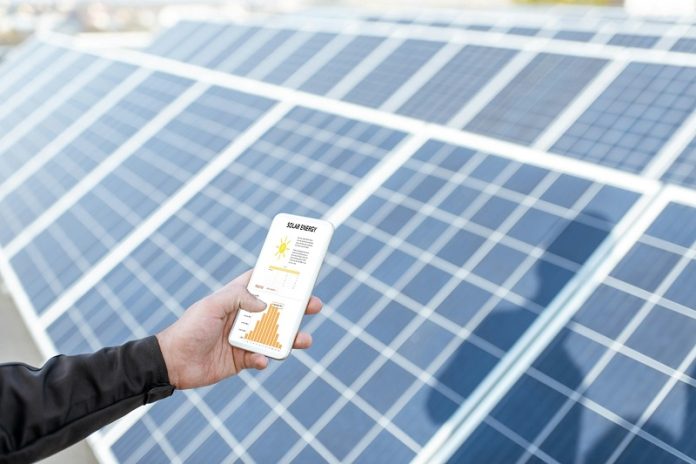
A team of researchers in South Korea has made an exciting breakthrough in solar cell technology, developing a new type of perovskite solar cell that captures not only visible light but also near-infrared light.
This advancement allows the cell to absorb a broader range of sunlight, potentially boosting solar energy efficiency and bringing us closer to powerful next-generation solar cells.
Traditional perovskite solar cells are known for their high efficiency and relatively low production cost.
However, these cells can only capture visible light—around 48% of the total sunlight spectrum.
This limitation means they miss out on the near-infrared part of the spectrum, which makes up a significant portion of the sun’s energy.
To address this, a research team led by Professor Jung-Yong Lee of KAIST and Professor Woojae Kim of Yonsei University created a new hybrid solar cell design.
By adding an organic component, called a bulk heterojunction (BHJ), to the perovskite material, they extended the cell’s light absorption range into the near-infrared spectrum.
This hybrid structure allows the cell to capture more of the sun’s energy than ever before.
One of the challenges with hybrid solar cells is ensuring stable energy flow between the perovskite and organic layers.
When the materials don’t align well, charge accumulation can occur, reducing the cell’s efficiency.
To overcome this, the team introduced a sub-nanometer dipole interface layer that reduces the energy barrier between the two materials.
This layer helps control the flow of electricity, allowing the cell to achieve higher performance and more efficient energy conversion.
The result is a significant improvement in power conversion efficiency, increasing from 20.4% to 24.0%, along with an impressive internal quantum efficiency (IQE) of 78% in the near-infrared region.
This new solar cell also shows impressive durability. It maintained over 80% of its initial efficiency after more than 800 hours of testing, even in high-humidity conditions.
This high stability addresses a major issue with perovskite solar cells, which can degrade over time due to environmental factors.
The team’s findings were published in the journal Advanced Materials, and they are optimistic that this technology will pave the way for more effective and long-lasting solar cells.
Professor Lee stated, “With this study, we’ve been able to resolve key issues in hybrid solar cells, including the challenges of energy misalignment and charge accumulation. Our design significantly boosts the cell’s ability to capture near-infrared light, which could be a breakthrough for stable, high-efficiency solar energy.”
This development could have a major impact on the global solar market, making solar power more efficient and practical for widespread use.
By capturing a broader range of sunlight, these next-generation solar cells could soon power more homes, devices, and industries while reducing reliance on traditional energy sources.
Source: KAIST.



